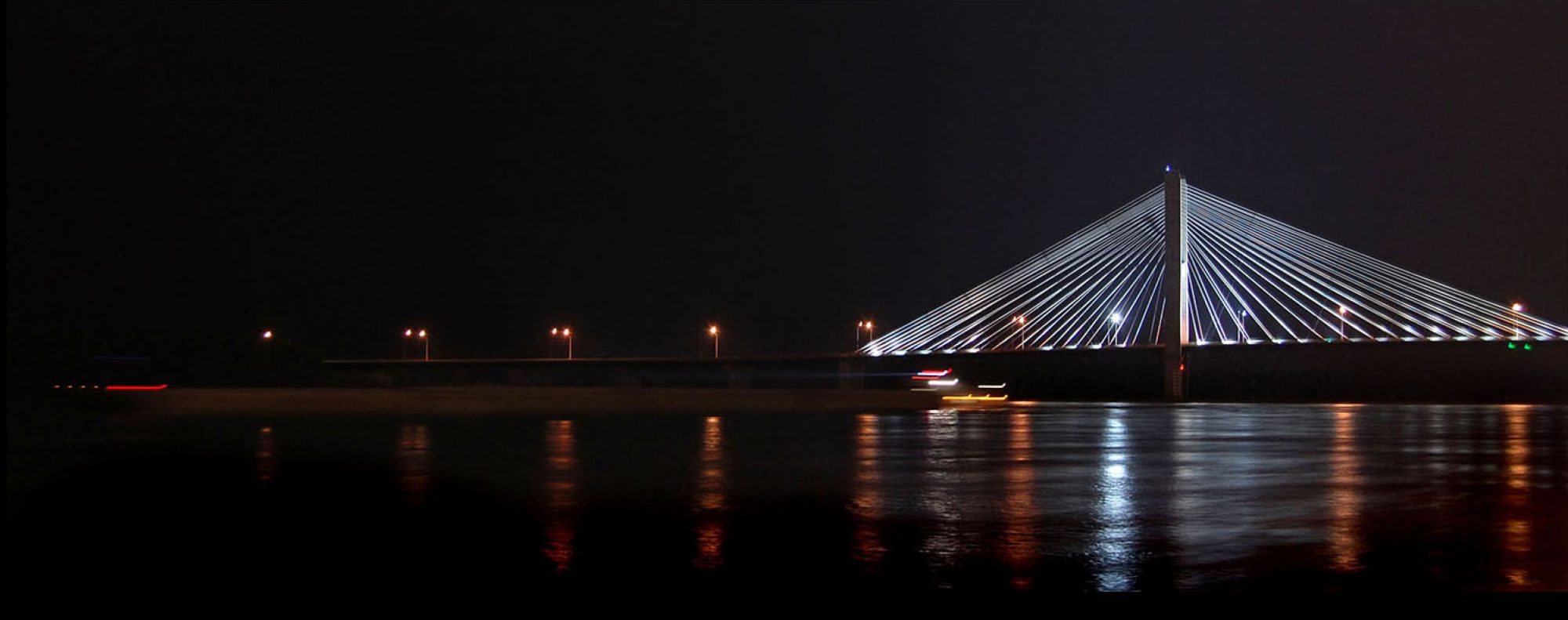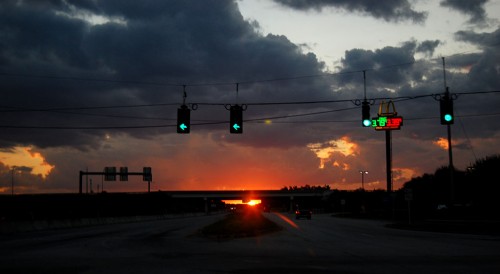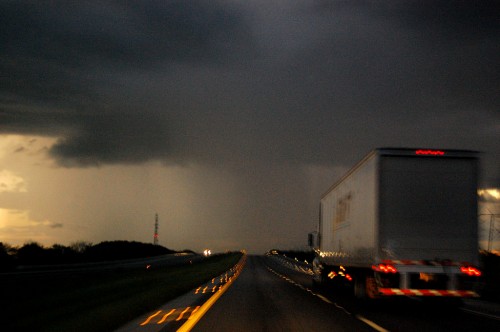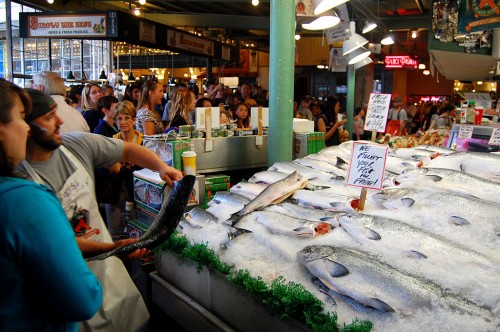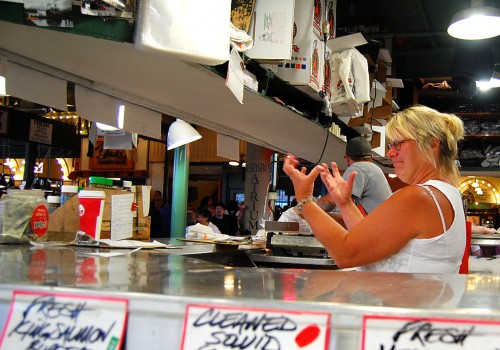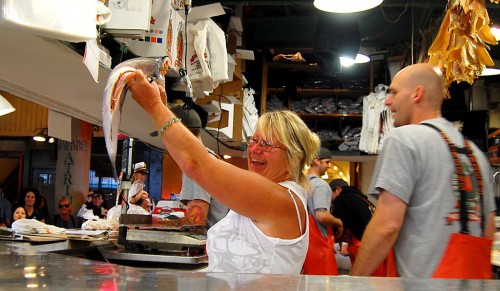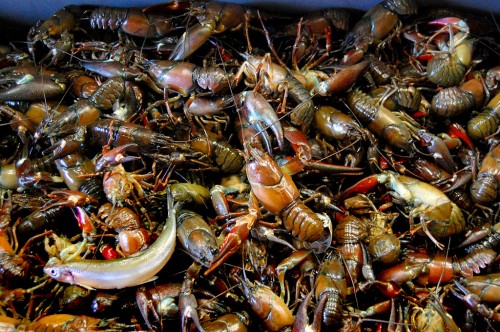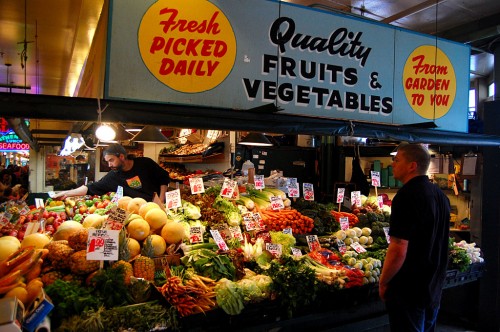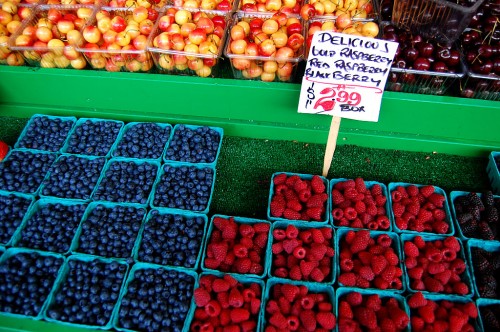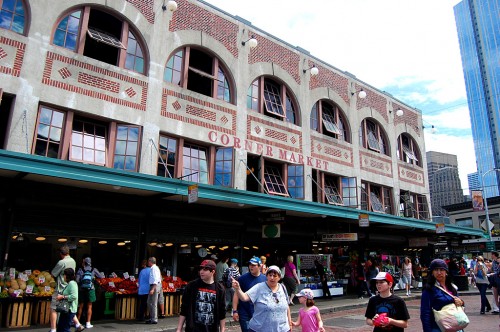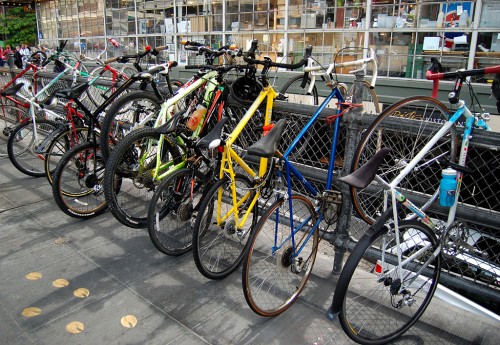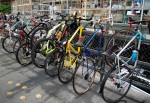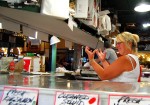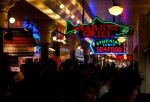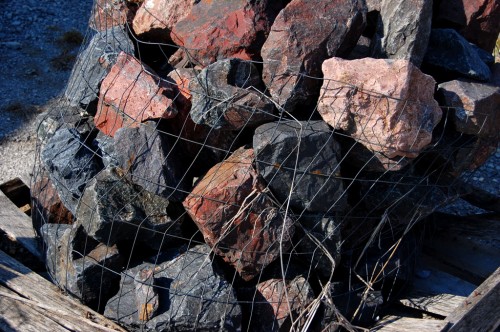 Were you one of the folks who bought a Pet Rock in 1975?
Were you one of the folks who bought a Pet Rock in 1975?
You don’t know what a Pet Rock is? Here’s a 70s website that will fill you in on the history of the Pet Rock (the comments are actually better than the original story).
To the road-building Steinhoff family, rocks were something you blasted out, dug up or crushed.
Gary Dahl had a better, more profitable idea. He bought three tons of stone from Rosarita Beach in Baja, Mexico, and created over a million pet rocks that sold for $3.95 each.
(Click on any photo to make it large enough for you to see if one of your Pet Rocks is here.)
Pet Rocks and puppies start out cute
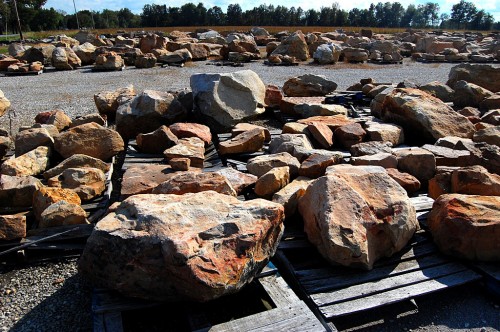 You know how cuddly kittens and puppies are? Well, Pet Rocks started out that way, but quickly grew out of control. Some were turned loose in the country to fend for themselves; some slipped away from their owners; others, thought dead, were unceremoniously flushed or buried in coffee cans in the back yard. Most of those seemingly dead rocks were really still alive: their slow metabolism had fooled their owners.
You know how cuddly kittens and puppies are? Well, Pet Rocks started out that way, but quickly grew out of control. Some were turned loose in the country to fend for themselves; some slipped away from their owners; others, thought dead, were unceremoniously flushed or buried in coffee cans in the back yard. Most of those seemingly dead rocks were really still alive: their slow metabolism had fooled their owners.
Before long, these rogue rocks were getting large enough to be noticed, just like the poodle-poaching pythons in South Florida.
Environmentalists were concerned that the Rosarita Beach stones, without natural predators, could upset the balance of nature.
Privatizing Pet Rock control
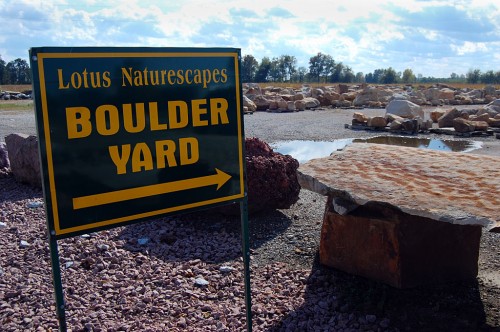 The better behaved Pet Rocks were rounded up, given wooden beds to sleep on and were allowed to become free range rocks under close supervision.
The better behaved Pet Rocks were rounded up, given wooden beds to sleep on and were allowed to become free range rocks under close supervision.
Local governments, not wanting to have to build and staff rock shelters, turned to private enterprise and companies like Lotus Naturescapes to round up, domesticate and find homes for the aging Pet Rocks. This particular no-kill shelter is located in Ware, Ill., at the intersection of Ill 3 and Hwy 146 West, not too far from Cape Girardeau.
Rock ‘n Roll takes its toll
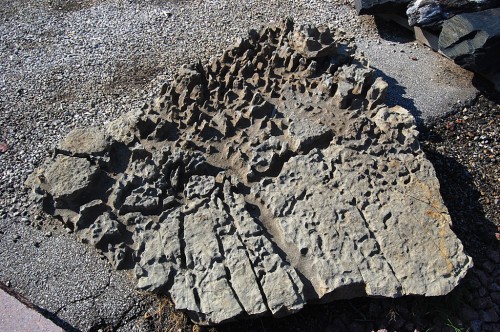 Some Pet Rocks have seen some tough times, as evidenced by the wrinkles on this one. Rock and roll will take its toll.
Some Pet Rocks have seen some tough times, as evidenced by the wrinkles on this one. Rock and roll will take its toll.
Some Pet Rock are well-behaved
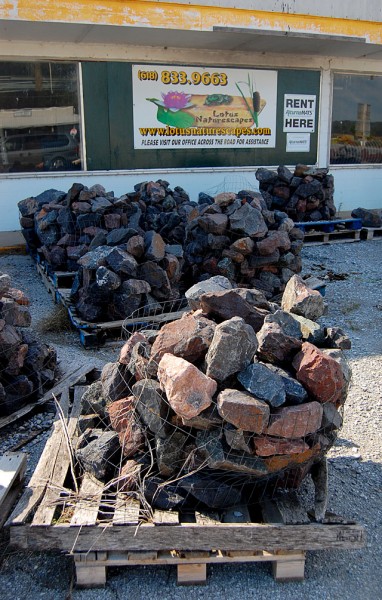 The rocks in the background have learned the STAY command. The ones in the foreground weren’t as well-trained. They still have have to be restrained.
The rocks in the background have learned the STAY command. The ones in the foreground weren’t as well-trained. They still have have to be restrained.
Nocturnal Meanderings
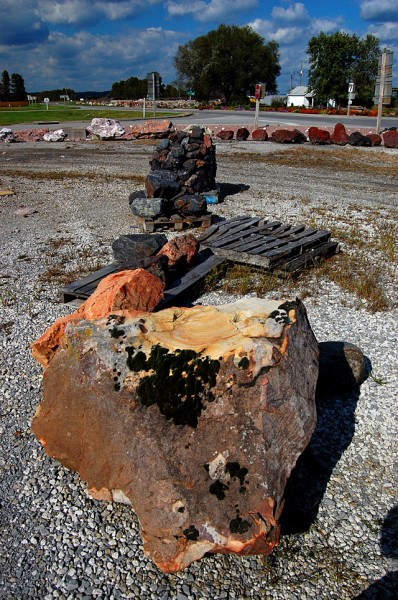 Some of the rocks get up and meander around when nobody’s looking, but they’re not all that smart. Everybody knows that moss grows on the north side. This rock has shifted until his (her?) moss was facing nearly due south. He (she?) has a rather smug expression, but the folks at Lotus Naturescapes know what’s going on.
Some of the rocks get up and meander around when nobody’s looking, but they’re not all that smart. Everybody knows that moss grows on the north side. This rock has shifted until his (her?) moss was facing nearly due south. He (she?) has a rather smug expression, but the folks at Lotus Naturescapes know what’s going on.
[It will come as no surprise to you that I didn’t actually check my facts with anyone at Lotus Naturescapes. Why spoil a good story?]
